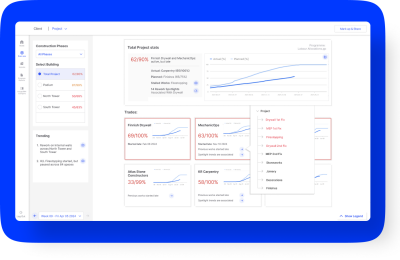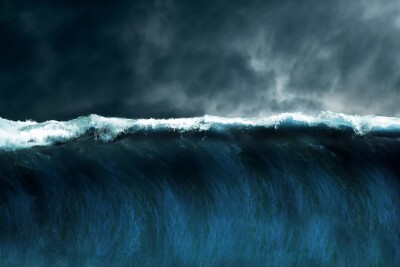One of the advantages of being an equipment reseller is being able to play with pretty much every scanner on the market without having to own them all. Last week I had just such an opportunity with the latest offering from Zoller + Fröhlich, the Z+F 5010C. The 5010C is essentially the 5010 (also formerly branded the Leica Geosystems HDS7000). The “C” stands for Camera as this unit is the first Z+F scanner to come with an integrated onboard camera. While this is nothing new in scanning, it is new to Z+F. Fortunately, they were paying attention to the complaints that many of us expressed about the experience of using and results obtained from most onboard cameras. By correcting many of these problems Z+F have produced one of the best systems for capturing RGB scan data that I have used.
For starters, the system does not image the mirror. The camera lens is mounted on the opposite side from the rotating mirror so that it takes a “direct” image. Most notably, the unit can capture High Dynamic Range (HDR) imagery. For the purposes of documenting a site nothing is better. The composite pano is made from 42 images and it normally takes just under four (4) minutes to capture those images. Each image is composited from multiple images of differing exposures that are taken from the same area (thus making it an HDR image). The results are stunning – nothing is too dark or washed out even when there are sunlit windows and shadows in the same frame. In the past I had to use a DSLR, a Nodal Ninja, and a couple of types of software to produce HDR panos. Even after doing so, you still had to manually texture map the point cloud. This was time consuming, mind numbingly repetitive, work that is now accomplished with a few mouse clicks in Z+F’s LaserControl software. It still takes a bit of time but it’s background processing time instead of manual labor and I’m all for that! The only complaint that I have about the camera system is the order in which the images are taken. The unit takes the images in a circular pattern starting at the lowest elevation and increasing the elevation of the camera lens after each 360° rotation. This means that staying out of the images is a bit of a dance that requires you to circle the scanner four or five times while the images are being taken. Having the images taken in the vertical with a horizontal movement following each vertical stripe would certainly help to keep the field personnel out of the images.
The range noise and accuracy are on par with what we’ve come to expect from Z+F (≤1mm linearity error, range noise 0.2 mm – 2.2 mm at <50m). The upgrades are from a class 3R to a class 1 laser while increasing the range to 187 meters. Compared with the 5006 series they have dropped the “high” and “low” power settings and moved to a series of settings that allow the user to select “density” and “quality” settings. Essentially, an increase in the “quality” setting doubles the scan time and reduces range noise to provide a cleaner looking point cloud. The batteries lasted about three hours each and charged at about the same rate so that you could rotate them and get in a full day’s work. The 5010C will also operate as a profiling scanner. As operating in this mode requires some accessories (IMU, GPS, etc) I won’t go into it here except to mention that it will definitely decrease the aforementioned three hour battery life. Scanning speed is listed as 1,016,000 points per second as with most scanners the actual collecting speed is significantly reduced. Scan times were on par with other scanners of the same caliber (5006 series, Leica P20). Full technical specifications are available on Z+F’s website.
Registration is also improved with a firmware tool that uses plane matching to aid in registration. After each scan is complete, the user views a 2D plan view of a cross section of the point cloud (at the scanner’s 0 elevation). If multiple scans have been taken, those positions will also be visible. The user can then drag and rotate the last scan’s data to match the previous scan data. Essentially you line up walls and other vertical shapes. It’s called “plane” matching as even complex shapes are reduced to a series of planes similar to a decimated mesh. Each of these surfaces can be used as a constraint. One hardware addition that greatly aids in this is a mark on the base of the scanner that denotes the direction of the “0” position or the false Northing if you will of the unit. If you always point this mark at your last position you can simply rotate the arrow on the onboard screen to point back at the previous scan position for a quick alignment. This alignment is not the total registration but simply a way to get the clouds close so that registration engine in LaserControl can quickly finish the job. Alternately, this is a great tool for maintaining a consistent orientation if you are delivering a bubble view (TruView, NetView, etc.) to your client. The default is to open each page oriented toward the “0” position. By knowing what that is in the field you can keep your clients oriented in the same direction or on a particular point of focus.
All in all I was quite impressed with the 5010C. While it is not a “low dough” option that some may insist upon, it is priced under other scanners that are its direct competitors (per tech specs). Add to this the fact that it comes bundled with the LaserControl processing software and I think the pricing is spot on.





